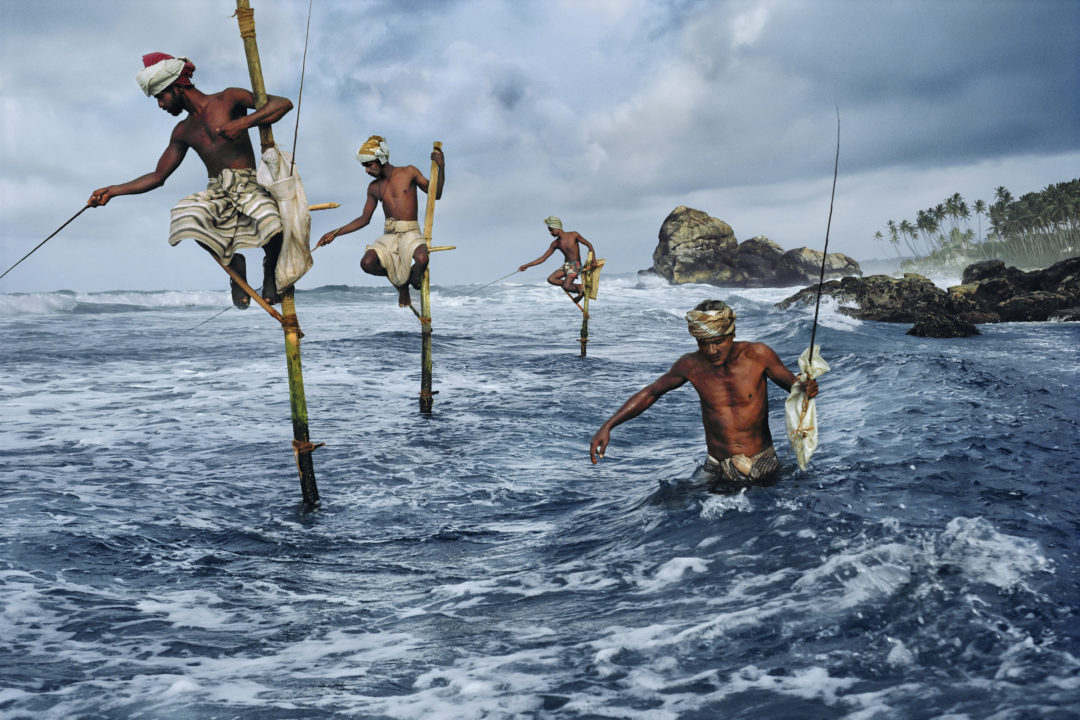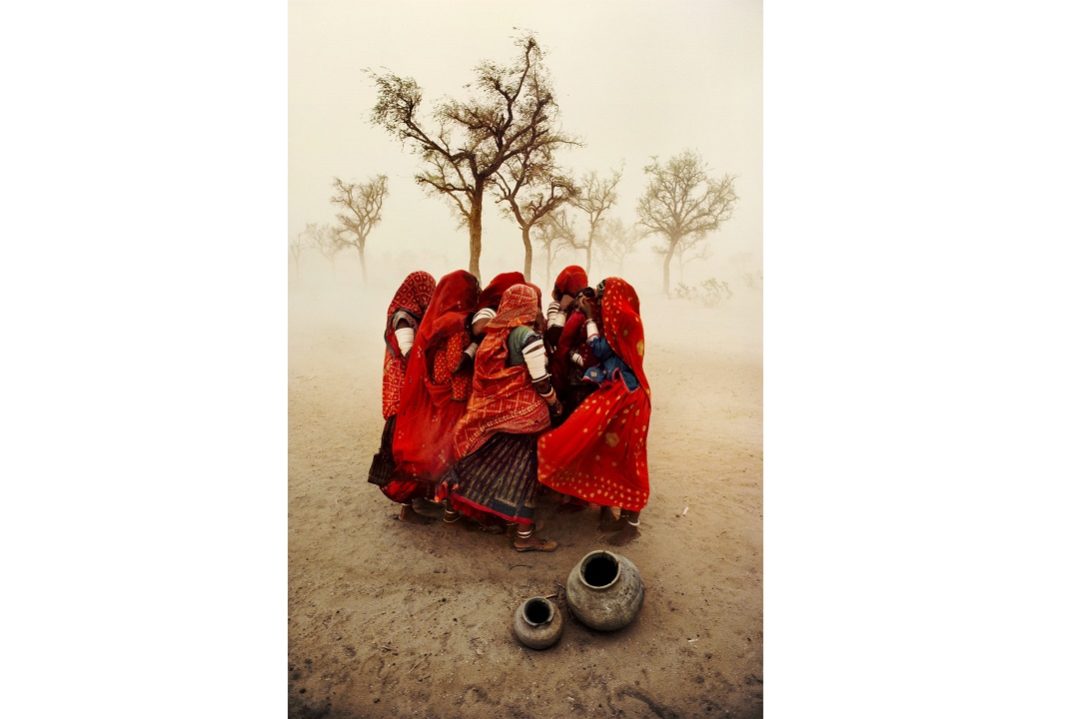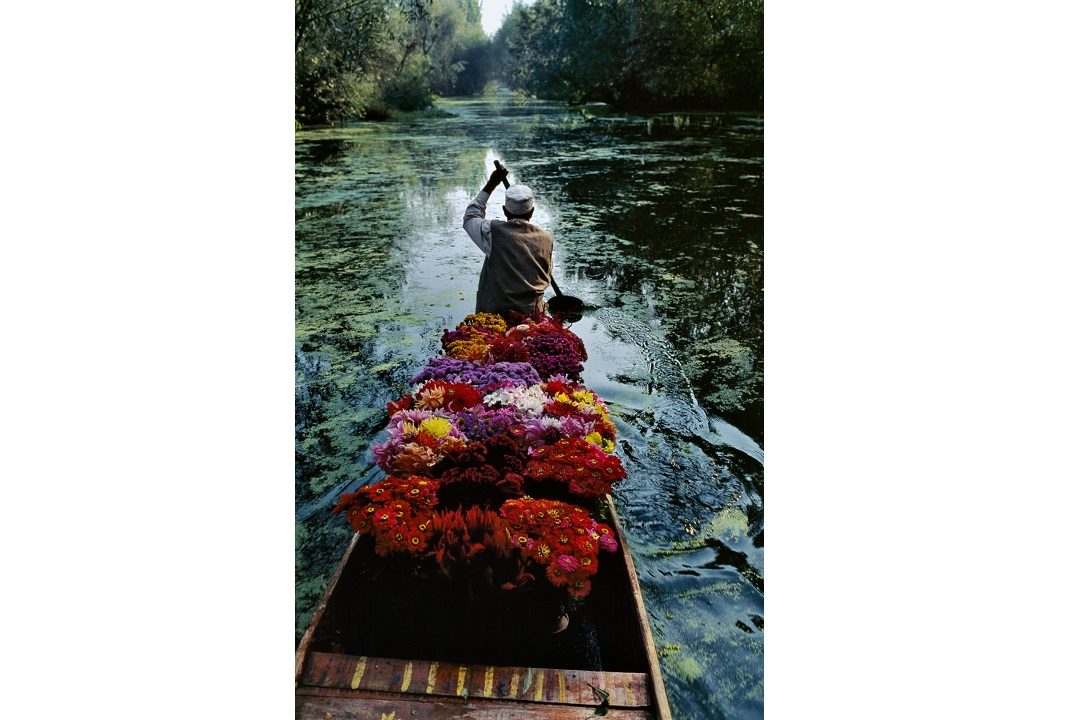– Words by Maciek Klimowicz –
All images © Steve McCurry
Preparing for this short interview with a true legend of photography – Steve McCurry, took me a long time. Not because there is a shortage of data about the man, to the contrary – there is plenty of bio notes and interviews out there, ready to serve as a source of information and inspiration out there, usually accompanied by galleries of McCurry’s photographs… and that’s the snag. Each time I sat down to acquaint myself with the man, I ended up being sucked into his photo galleries, eventually spending hours just starring at his photographs. Could you blame me though? By now, you probably stopped reading yourself, and you’re staring in bewilderment at the, somewhat surreal, beauty of the images surrounding this text. Each of them is Steve McCurry’s memory, and with each, he tells us a story. We had the pleasure of meeting him in Bangkok to ask about those memories and stories,in person.
Do you feel fulfilled as a photographer or are you still looking for one more perfect shot?
Steve McCurry: I’ve been shooting for over 40 years and I still make pictures every day. I travel much of the year. I’ve always been very curious and driven by a need to explore and wander, and photography for me is the perfect companion to that need.
Over the years, we’ve seen photography change dramatically, mostly due to technology development. Has it changed the way you shoot or do some things remain the same?
SM: Digital photography hasn’t really changed the way I see or the way I photograph. It has certainly changed my process — allowing me to work in much lower light and more difficult situations than I could in the past — but the same truths apply to any image regardless of the technique that went into crafting it. There’s impermanence about all things and nostalgia about things in the past, but I prefer to look to the future.
Can you think of a photo you didn’t take that you wish you did? A missed opportunity?
SM: In photography, as in life, there are many missed opportunities. The important thing is to be willing to take risks and to try to wisely pick the right opportunities to pursue. I don’t like to think in terms of lost or missed opportunities. I prefer to look ahead, to the next opportunity.
What are your current goals as a photographer?
SM: The most important element to me in my photography has always been storytelling. Most of my images are grounded in people. I look for that unguarded moment, and try to convey some part of what it is like to be that person, or in a broader sense, to relate their life to the human experience as a whole.
If you could become invisible for one day, where would you go with your camera and why?
SM: Madagascar and Iran are two places on my travel wish list; I’ve wanted to travel there for some time. Both places have been relatively isolated from the world, and are not known to be travel-friendly. So being invisible might help to navigate those places.
Do you sometimes become surprised by your own photographs, find things in them that you didn’t notice earlier, when you were shooting?
SM: In my photograph, “Girl in Green Shawl,” one of the things that strikes me is how the colour of her eyes matches the vivid colour of her shawl. I don’t know if I really saw or realized that as I shot the photo. I’m not sure if that matching of colours is what made me want to take the picture initially. I saw that she had a wonderful face that I wanted to photograph. The coloration of the shawl and the eyes was something that I only discovered later, when I was looking at the final pictures.
What’s the ratio of careful planning to pure reflex and chance in your photography? And is photography for you more registration or creation? Do you just capture a scene or do you build it with composition, framing, light?
SM: Many of my pictures are from serendipitous situations, found on the streets and captured during my travels all over the world. On the other hand, some portrait situations often require collaboration with the subject and a more thoughtful approach, some planning or organization to best show that person’s personality. For example, when photographing a ballerina, you don’t want to show her watching TV or drinking coffee, you want to capture her in a ballet studio or in the middle of a performance.
When I travel to places, I photograph the things that interest me, that intrigue me and that I want to learn about. Those are the footprints or personal signatures in my work, a kind of poetic vision. The photos become my memory of the places, and often they are focused on people and their humanity.
See more on stevemccurry.com





















